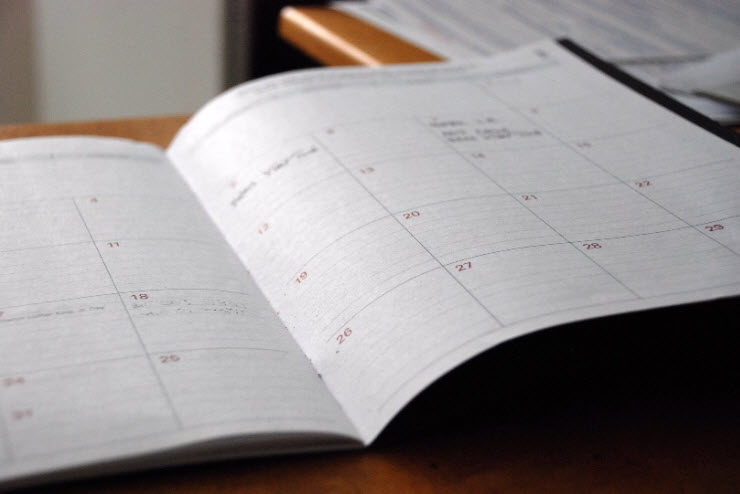You absolutely must have a plan for your blogging activities. As you already know if you currently run a blog, there is a lot to get done. You have daily, weekly, monthly and quarterly tasks, and you can easily become overwhelmed if you don’t create and stick to a blogging schedule. By the way, this means more than just scheduling the publishing of new posts.
The first thing you need to understand is that you should focus on quality content instead of quantity. Publishing 10 or 20 really great, high-quality posts each year is always preferable to turning out 50 or even 100 low-quality, filler and fluff-filled pieces of content. Remember, everything with your name attached to it creates a sense of who you are on the web.
Publish average to below-average content, and your reputation suffers, along with your blog.
How Often Should I Post?
Unfortunately, there is no secret recipe which tells you how frequently you should be adding posts to your blog. However, statistical data shows that the longer your posts are, the better they perform, and the more free search engine traffic they attract.
The “sweet spot” tends to be more than 1,800 or 2,000 words. Again, focus on extremely high quality. Make each post a resource someone would pay money for, solve problems and answer questions, and your followers will reward you with traffic and purchases.
What Is an Editorial Calendar, and Why Do I Need One?
An editorial calendar helps you plan all of your content creation and marketing in advance. All of the top bloggers use them. They make sure that you have covered every aspect of running your blog, and schedule all of those activities. Nothing falls through the cracks, and you develop a consistent rhythm to your blogging efforts.
Where to Find Editorial Calendars and Blogging Schedule Templates
 Some web-based productivity suites are perfect scheduling workforces for bloggers. These include project management tools like Asana, Basecamp, Acunote and Insightly. A few editorial calendar applications you can access on your smartphone or tablet include Wave, Cal, Sunrise, Tempo and Calendars 5 (Android and iOS), aCalendar and Business Calendar 2 (Android only).
Some web-based productivity suites are perfect scheduling workforces for bloggers. These include project management tools like Asana, Basecamp, Acunote and Insightly. A few editorial calendar applications you can access on your smartphone or tablet include Wave, Cal, Sunrise, Tempo and Calendars 5 (Android and iOS), aCalendar and Business Calendar 2 (Android only).
You can also perform a web search for “blogging schedule template”. Like an editorial calendar, a blogging schedule template allows you to plan every aspect of your daily, weekly and monthly blogging schedule.
What Should You Put on Your Schedule?
Define the goals, both personal and business, you want to reach through your blog. Then list exactly who is in charge of different aspects of content creation, social media management, SEO, creating guest posts, etc. This could include you, your team members, and any freelancers or VAs you hire (outsourcing is covered in detail in a later section).
Define exactly who you are creating blog content for? Who is your ideal customer? Envision this person, as a single individual instead of a group. What is the goal of your content? Where are you going to be posting content, on social media sites, just on your blog, on YouTube, etc.? Finally, create a specific weekly/monthly/annual publishing schedule for blog posts and other online content.
This can take time. Don’t rush the process. Don’t attempt to be perfect either. If you forget to add something to your blogging schedule and it pops up later, rework your schedule to include that task.
The Curata.com blog has created a helpful post that lists 12 must-have fields for your editorial calendar or blogging schedule. You can access that at http://www.curata.com/blog/content-calendar-template-12-must-have-fields/.


